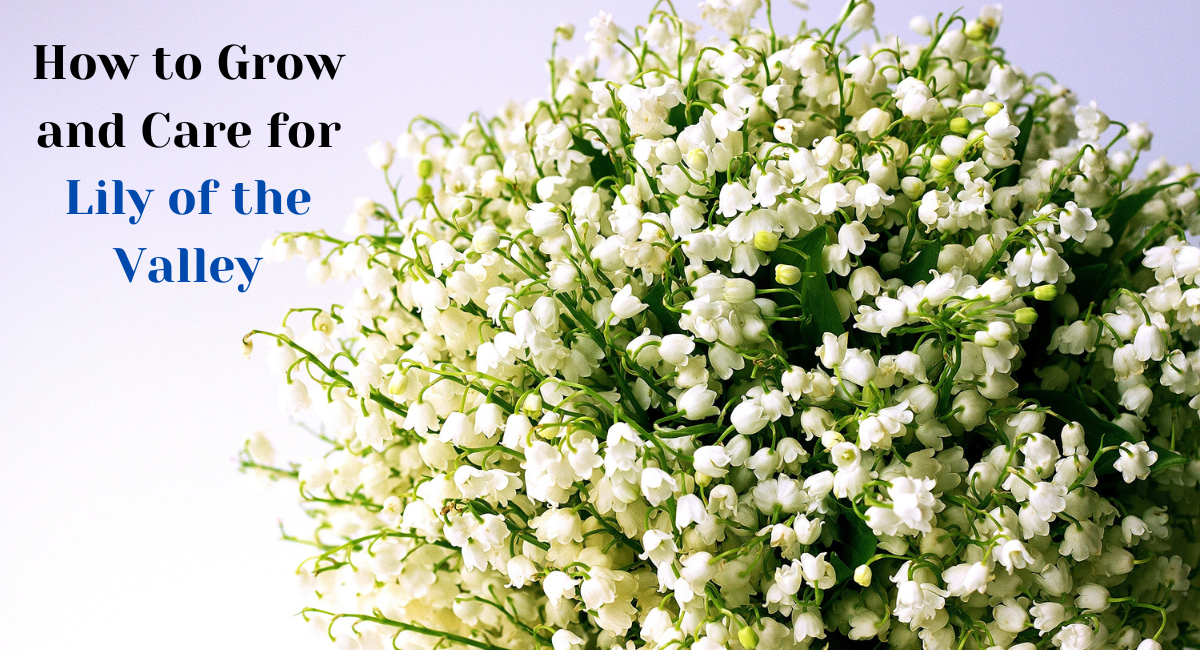Introduction to Lily of the Valley: History, Meaning, and Symbolism
Lily of the Valley is a delicate, fragrant flower that has captured the hearts and imaginations of people all over the world for centuries. It’s beauty and sweet scent makes it a popular choice for gardens, weddings, and floral arrangements, but its significance goes far beyond its aesthetic appeal. In this blog post, we will explore the history, meaning, and symbolism of Lily of the Valley, and discover why it has
The Symbolism of Lily of the Valley
Lily of the Valley has been used in various cultures as a symbol of love, purity, and renewal. Here are some of the flower’s most common symbolic meanings:
- In France, the Lily of the Valley is a symbol of springtime and is often given as a gift on May Day.
- In the Victorian era, Lily of the Valley represented the return of happiness and was often included in bridal bouquets.
- In Sweden, the Lily of the Valley is a symbol of humility and is used to decorate graves on All Saints’ Day.
- In Japan, the Lily of the Valley represents good luck and is often given as a gift for weddings and other special occasions.
The Origins of Lily of the Valley
Lily of the Valley has been cultivated for centuries and has a long history of use in various cultures. Here are some of the key historical facts:
- The scientific name for Lily of the Valley is Convallaria majalis, which means “valley of the lilies” in Latin.
- The flower’s name is derived from the Old French word “lilie,” meaning lily, and the Latin word “Vallis,” meaning valley.
- In Greek mythology, Lily of the Valley is associated with the goddess Hera and is said to have sprung from her milk.
| May Birth Flower: A Look at the Role of Lily of the Valley and Hawthorn
How to Plant? Growing and Caring for Lily of the Valley
Lily of the Valley is a beautiful and fragrant flower that is perfect for adding a touch of elegance to any garden. If you’re considering growing this lovely plant, here are some tips and tricks to help ensure your garden is a success:
1. Choose the Right Location
Lily of the Valley prefers a cool, shaded area with well-draining soil. Here are some things to keep in mind when choosing a location:
- Look for a spot that gets partial or full shade.
- Make sure the soil is well-draining, as Lily of the Valley does not like to sit in wet soil.
- Avoid areas with high winds or direct sunlight, which can damage delicate flowers.
2. Plant at the Right Time
Lily of the Valley should be planted in the fall, between August and October. Here are some tips for planting:
- Dig a small hole that is twice the size of the rhizome.
- Plant the rhizome about 2 inches deep, with the roots facing downward.
- Space the rhizomes about 6 inches apart.
3. Water and Fertilize Appropriately
Lily of the Valley needs regular watering to thrive. Here are some tips for watering and fertilizing:
- Water the plant regularly, keeping the soil moist but not waterlogged.
- Fertilize the plant once a year in the spring with a balanced fertilizer.
- Mulch around the plant in the fall to help retain moisture and protect it from the cold.
4. Prepare the Soil
Before planting, it’s important to prepare the soil to ensure optimal growth. Here are some steps to follow:
- Dig a small hole that is twice the size of the rhizome.
- Mix in some compost or well-rotted manure to improve the soil quality.
- Make sure the soil is loose and friable, as this will help the roots establish themselves.
The Beauty and Fragrance of Lily of the Valley: Uses in Floral Design


